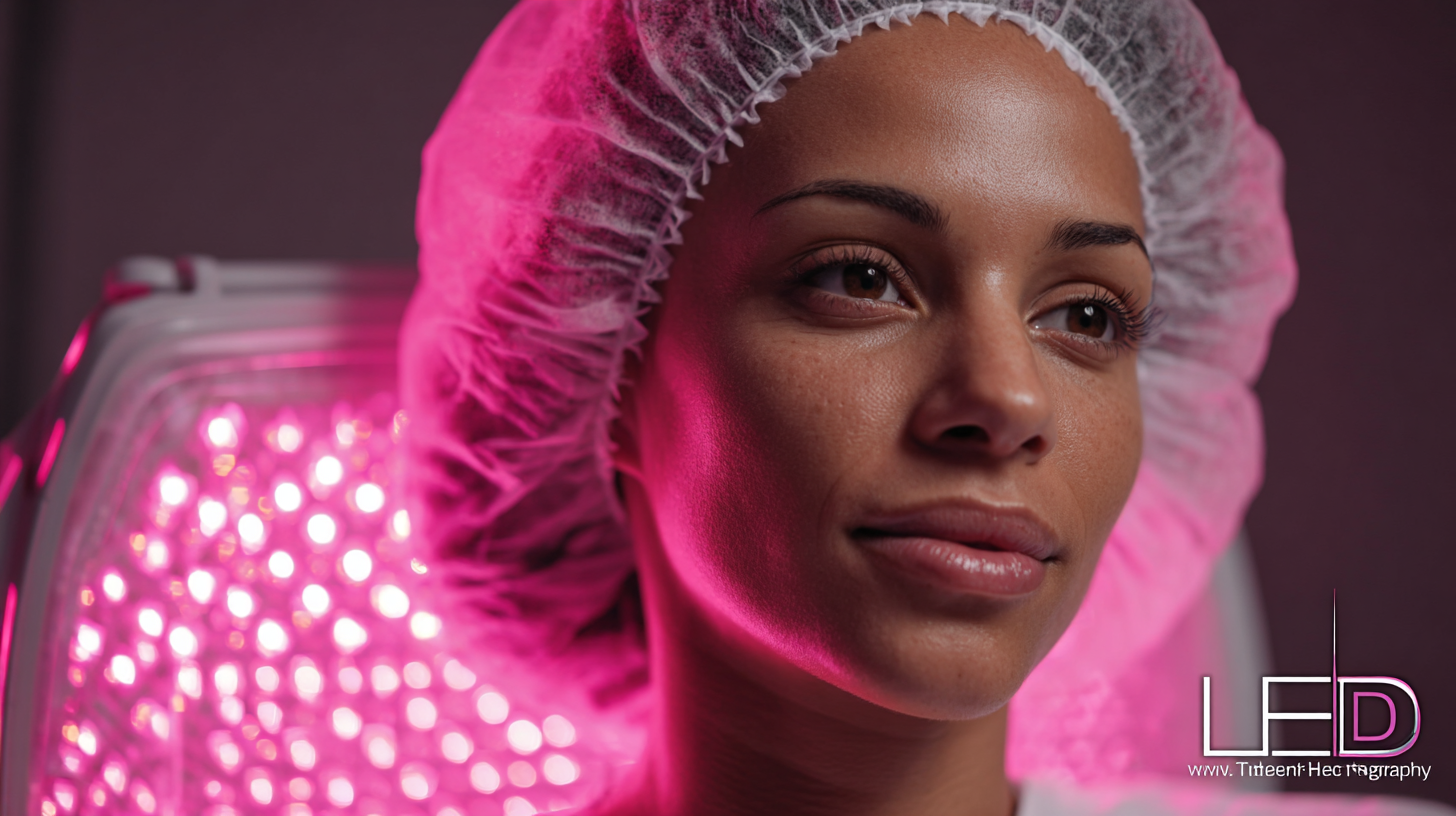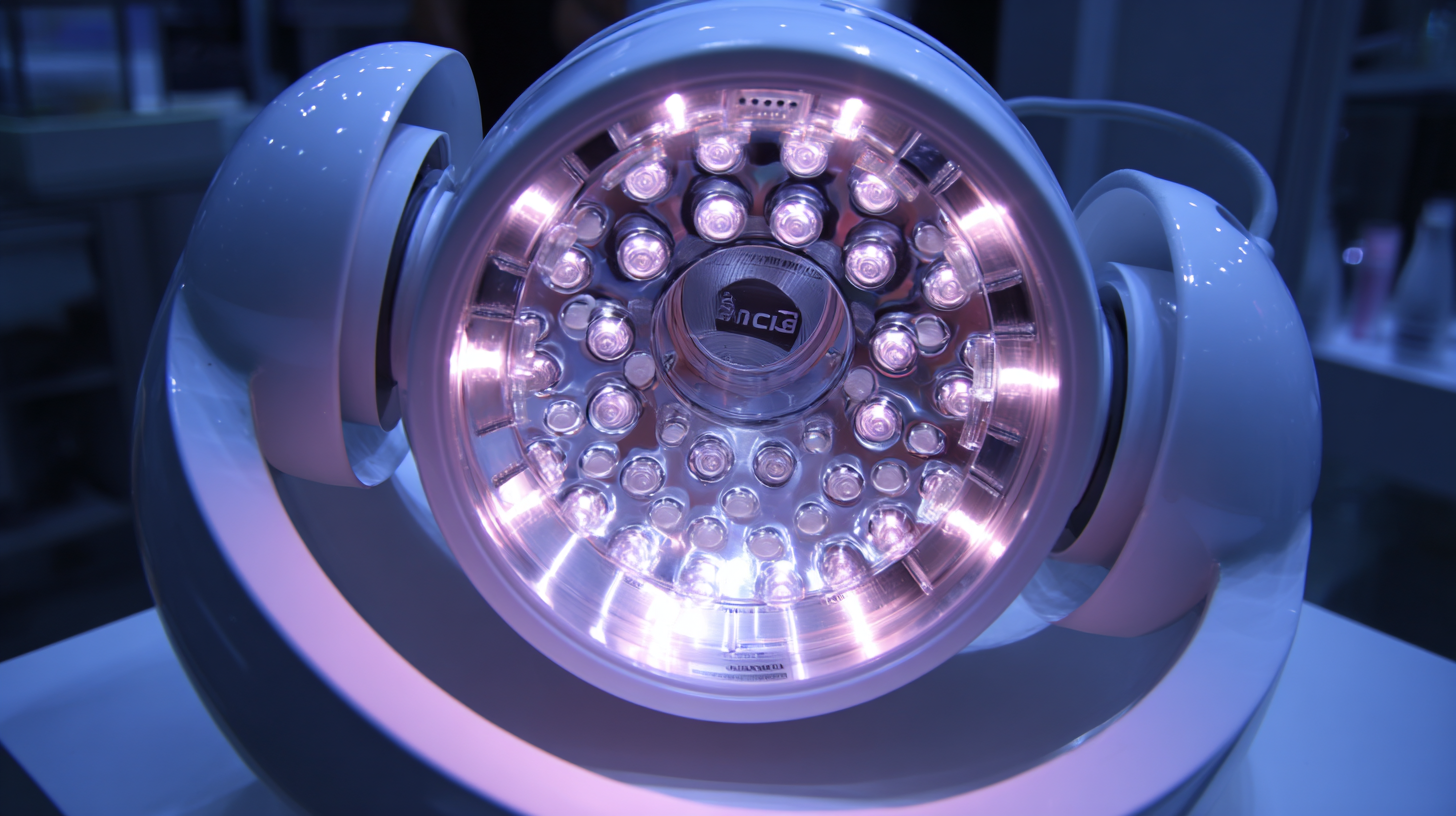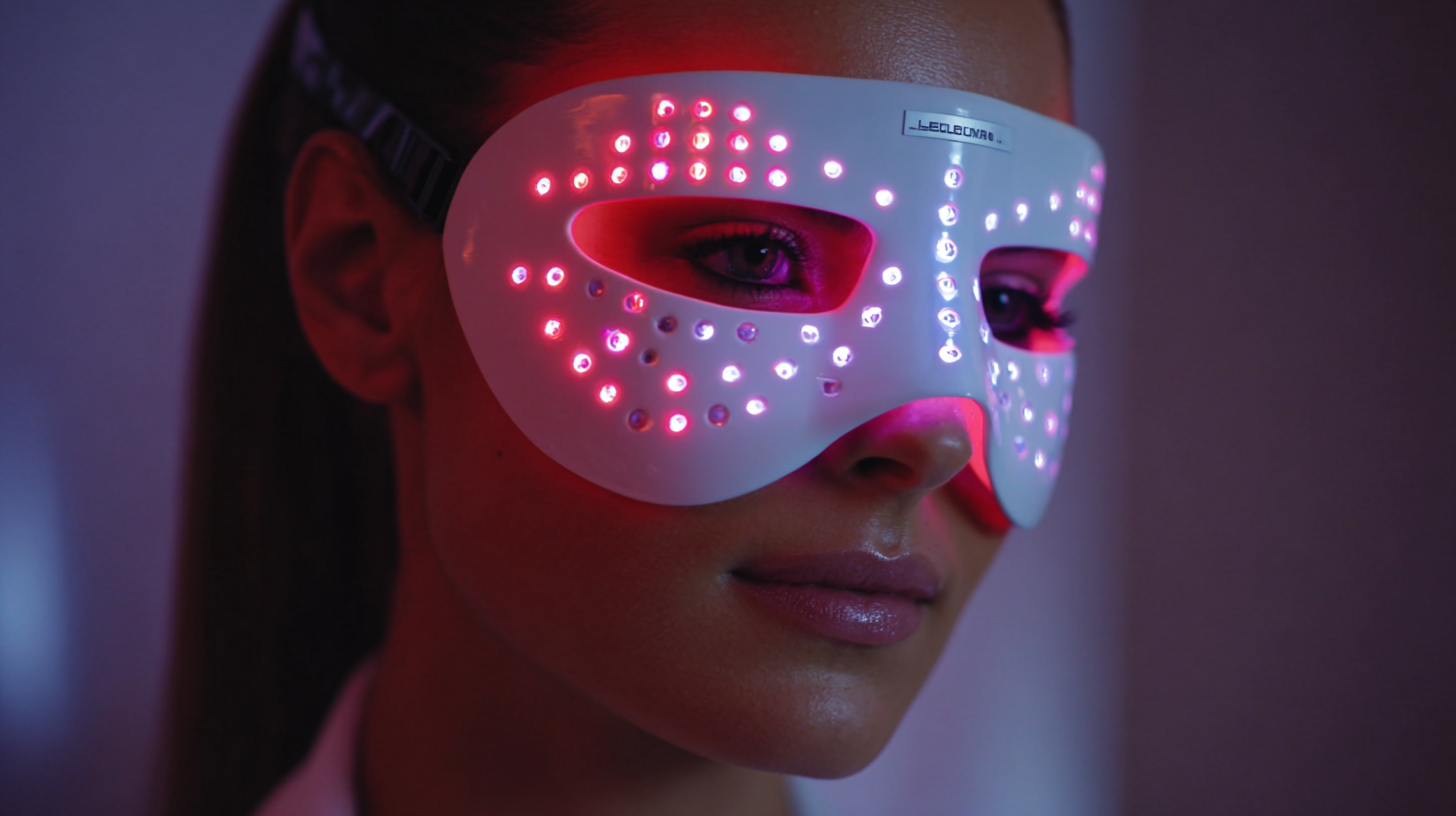Exploring Innovative Alternatives to Best Led Light Therapy for Enhanced Skin Rejuvenation
The pursuit of youthful, radiant skin has led to the proliferation of various skincare treatments, among which LED Light Therapy has gained significant attention. According to a recent report by the American Academy of Dermatology, nearly 70% of dermatologists have noted an increase in patients seeking non-invasive skin rejuvenation treatments, with LED Light Therapy at the forefront due to its effectiveness in addressing various skin concerns, including acne, fine lines, and pigmentation. However, as the demand for skin rejuvenation grows, so does the exploration of innovative alternatives that can enhance or complement the benefits of traditional LED Light Therapy.
This blog will delve into the latest advancements and options available in the realm of skincare, aiming to uncover novel methods that promise enhanced rejuvenation effects, catering to a diverse range of skin types and conditions.
Innovative Technologies in Light Therapy: Redefining Skin Rejuvenation
In the rapidly evolving world of beauty, understanding innovative technologies in light therapy is crucial for consumers looking to enhance their skin rejuvenation journey. With aging being a significant concern—manifesting as sagging skin and fine lines—many are turning to advanced light therapy solutions that promise to redefine traditional skincare. These cutting-edge technologies not only aim to improve the appearance of the skin but also offer a more sustainable and effective approach to skincare.
Recent developments, such as smart packaging and artificial intelligence, are revolutionizing how products are delivered and experienced. By integrating these technologies, beauty brands can provide tailored solutions that cater to individual consumer needs. The combination of light therapy with smart features ensures that users get an optimized experience, making skin rejuvenation not just a trend but a personalized ritual.
As we navigate the myriad of options available in 2025, discerning which technologies truly enhance efficacy is essential for making informed purchasing decisions.
The Rise of Chinese Manufacturing: Quality and Global Impact
The rise of Chinese manufacturing has significantly impacted the global market, showcasing a blend of strength and challenges. China, often referred to as the "world's factory," has a robust manufacturing sector that continues to evolve. Recent data from various reports indicate that China's manufacturing power is not only vast but also increasingly focused on high-quality development (HQID). Reports illustrate that while air pollution remains a pressing issue due to rapid industrialization, the government’s policies aimed at emission controls have shown promising results, leading to sustainable improvements in air quality.
As companies pivot towards eco-friendly practices, there's a growing emphasis on green innovation. For instance, the concept of green insurance (GI) is emerging as a transformative tool that supports the intersection of environmental protection and industry. This innovative approach not only aims to enhance manufacturing quality but also aligns with long-term goals for a cleaner environment.
**Tips:** To achieve superior skin rejuvenation through technology like LED light therapy, consider integrating sustainable products that reflect eco-conscious manufacturing trends. Staying informed about quality standards in manufacturing can help consumers make better choices. Additionally, supporting brands that prioritize both quality and environmental responsibility can create a more positive impact on global manufacturing practices.
Exploring Innovative Alternatives to Best Led Light Therapy for Enhanced Skin Rejuvenation - The Rise of Chinese Manufacturing: Quality and Global Impact
| Alternative Therapy |
Description |
Effectiveness (1-10) |
Cost (USD) |
Manufacturing Origin |
| Microdermabrasion |
A non-invasive procedure to renew overall skin tone and texture. |
8 |
150 |
China |
| Chemical Peels |
Uses a chemical solution to improve the texture of the skin. |
7 |
200 |
China |
| Microneedling |
A procedure that uses tiny needles to create micro-injuries in the skin. |
9 |
300 |
China |
| LED Light Therapy |
A non-invasive treatment that uses varying wavelengths of light. |
8 |
100 |
China |
| Radiofrequency Therapy |
A treatment that uses radio frequency energy to heat tissue. |
8 |
250 |
China |
Comparative Analysis: Best Led Light Therapy vs. Alternative Methods
As the demand for effective skin rejuvenation techniques continues to rise, consumers are increasingly exploring alternatives to traditional LED light therapy. While LED treatments are lauded for their non-invasive approach and ability to stimulate collagen production—backed by a report from the American Academy of Dermatology which states a 70% satisfaction rate among users—innovative alternatives are emerging as viable competitors. Techniques such as microneedling and radiofrequency treatment not only enhance the skin’s texture but also promote intense hydration and cellular regeneration, appealing to individuals seeking multifunctional solutions.
A comparative analysis reveals that while LED light therapy predominantly targets specific skin conditions like acne and pigmentation, alternatives like chemical peels and laser therapies offer a broader range of benefits, including reducing fine lines and improving overall skin tone. According to a study published in the Journal of Cosmetic Dermatology, over 60% of patients who underwent chemical peels reported significant improvements in skin clarity and smoothness. As the skincare industry evolves, these comparative insights drive consumers to weigh the benefits against their individual skin goals, encouraging a more personalized approach to skin rejuvenation.
Exploring Innovative Alternatives to Best LED Light Therapy for Enhanced Skin Rejuvenation
Consumer Trends in Skin Care: Emphasis on Efficacy and Safety
As the global natural cosmetics market continues to flourish, projected to reach USD 76.5 billion by 2033 with a compound annual growth rate (CAGR) of 5.4%, consumer trends are shifting significantly towards products that emphasize efficacy and safety. Recent demand analysis indicates the market size was valued at approximately USD 45.2 billion in 2023, highlighting the escalating consumer interest in skincare solutions that deliver tangible results while adhering to natural ingredients.
This post-COVID landscape has catalyzed a remarkable surge in the dermocosmetics sector, where brands are racing to innovate and respond to heightened consumer expectations. The focus on product safety and effectiveness is prompting skincare companies to invest heavily in research and development, ensuring their products meet the rigorous standards desired by consumers. The rapid integration of these principles into modern skincare lines illustrates a noteworthy evolution in the industry, directly aligned with the growing preference for products that are not only efficient but also promote skin health without compromising safety.
Sustainable Practices in Skin Rejuvenation Technologies: A Forward-Looking Approach
In recent years, the conversation around skin rejuvenation technologies has shifted towards sustainability, urging the beauty industry to adopt practices that not only enhance skin appearance but also protect our planet. Sustainable skin rejuvenation practices involve the integration of eco-friendly materials and energy-efficient processes that minimize the carbon footprint. For instance, brands are increasingly leveraging biodegradable ingredients and packaging, ensuring that the benefits for skin do not come at the expense of environmental health.
Additionally, innovative technologies such as LED light therapy are being reimagined with a focus on sustainability. By using renewable energy sources and advancing the technology to consume less power, brands can offer effective skin treatments while being environmentally responsible. This forward-looking approach not only resonates with environmentally conscious consumers but also promotes a broader understanding of beauty that prioritizes holistic well-being. Such developments pave the way for a new era where sustainable practices and advanced skin care technology coexist, making skin rejuvenation both responsible and effective.








